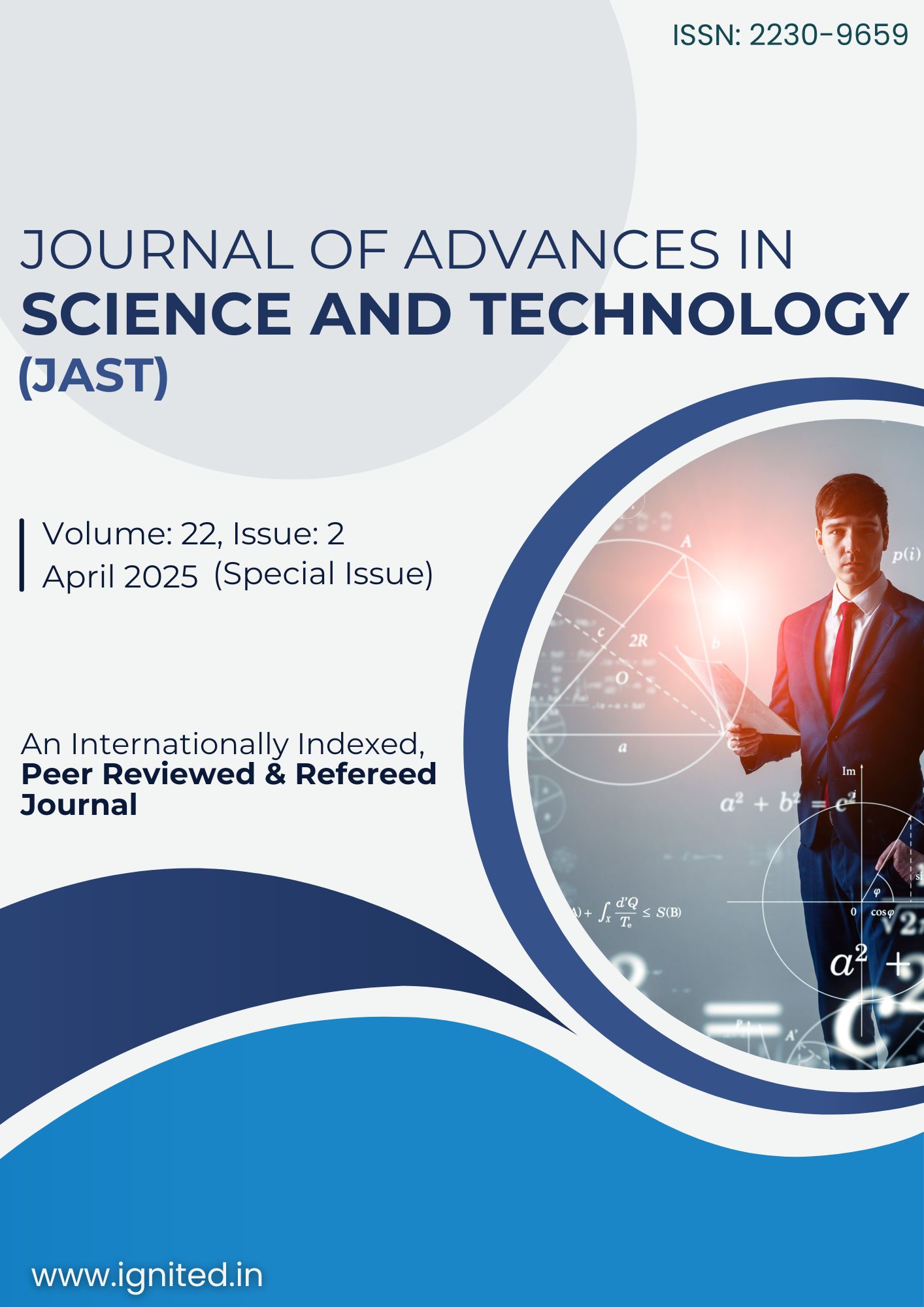Enhancing the Detection of Unsafe Acts and Conditions Using Face Recognition Technique in the Industry
Main Article Content
Authors
Abstract
This study proposes a dual faceted framework aimed at addressing this issue through advanced technological interventions. The first component focuses on the detection of unsafe acts by leveraging environmental sensors and behavioral monitoring systems. These systems utilize machine learning algorithms to analyze contextual data and flag actions or situations that deviate from predefined safety standards. The second component integrates face recognition technology for the identification of individuals associated with the detected unsafe acts. By delineating the detection of unsafe behaviors from the identification process, this approach maintains a clear functional separation, ensuring transparency and purpose specificity in the application of face recognition. The paper presents comprehensive methodologies, including the design and deployment of sensor networks, the development of behavior analysis algorithms, and the integration of biometric identification systems. Real world case studies demonstrate the effectiveness of the proposed approach in diverse settings such as construction sites, industrial plants, and public venues. Furthermore, this work critically examines ethical implications, with a particular emphasis on privacy concerns, potential algorithmic biases, and the need for regulatory oversight. Recommendations are provided to balance technological innovation with ethical responsibility, fostering the adoption of safety enhancing measures while safeguarding individual rights and freedoms.
Downloads
Article Details
Section
References
- REFERENCES
- C. Lee and K. Cha, "Toward the Dynamic Relationship Between AI Transparency and Trust in AI: A Case Study on ChatGPT," Int. J. Human–Computer Interaction, pp. 1 18, 2024.
- F. Liu, L. Gao, J. Wan, Z. L. Lyu, Y. Y. Huang, C. Liu, and M. Han, "Recognition of digital dental X ray images using a convolutional neural network," J. Digital Imaging, vol. 36, no. 1, pp. 73 79, 2023.
- S. Jain, M. White, and P. Radivojac, "Estimating the class prior and posterior from noisy positives and unlabeled data," in Adv. Neural Inf. Process. Syst., vol. 29, 2016.
- W. Zhao, R. Chellappa, P. J. Phillips, and A. Rosenfeld, "Face recognition: A literature survey," ACM Comput. Surv., vol. 35, no. 4, pp. 399 458, 2003.
- M. W. Park and I. Brilakis, "Enhancement of construction equipment detection in video frames by combining with tracking," in Proc. Comput. Civil Eng., 2012, pp. 421 428.
- U. Purohit, "The Growing 'Sports Industry' in India," Liberal Stud., vol. 6, p. 17, 2021.
- F. Liu, D. Chen, F. Wang, Z. Li, and F. Xu, "Deep learning based single sample face recognition: a survey," Artif. Intell. Rev., vol. 56, no. 3, pp. 2723 2748, 2023.
- L. Song, M. Zhang, X. Wu, and R. He, "Adversarial discriminative heterogeneous face recognition," in Proc. AAAI Conf. Artif. Intell., vol. 32, no. 1, 2018.
- J. Buolamwini and T. Gebru, "Gender shades: Intersectional accuracy in commercial facial recognition," in Proc. 1st Conf. Fairness, Accountability, and Transparency, 2018, pp. 77–91.
- M. Turk and A. Pentland, "Eigenfaces for recognition," J. Cogn. Neurosci., vol. 3, no. 1, pp. 71 86, 1991.
- T. F. Cootes and C. J. Taylor, "On representing edge structure for model matching," in Proc. IEEE Comput. Soc. Conf. Comput. Vis. Pattern Recognit. CVPR 2001, vol. 1, pp. I I, 2001.
- B. F. Klare, M. J. Burge, J. C. Klontz, R. W. V. Bruegge, and A. K. Jain, "Face recognition performance: Role of demographic information," IEEE Trans. Inf. Forensics Security, vol. 7, no. 6, pp. 1789 1801, Dec. 2012.
- J. Harrison, The civil power of the news. Basingstoke: Palgrave Macmillan, 2019.
- V. Grover, A. Lindberg, I. Benbasat, and K. Lyytinen, "The perils and promises of big data research in information systems," J. Assoc. Inf. Syst., vol. 21, no. 2, p. 9, 2020.
- X. Kou, Z. Zhang, Y. Zhang, and L. Li, "Efficient and privacy preserving distributed face recognition scheme via facenet," in Proc. ACM Turing Award Celebration Conf. China, pp. 110 115, 2021.
- Arso M. Vukicevic, Milos N. Petrovic, Nikola M. Knezevic And Kosta M. Jovanovic “Deep Learning Based Recognition of Unsafe Acts in Manufacturing Industry” in IEEE Xplore, VOLUME 11, 2023, 103406. DOI: 10.1109/ACCESS.2023.3318114
- M. Vukicevic, M. Djapan, V. Isailovic, D. Milasinovic, M. Savkovic, and P. Milosevic, ‘‘Generic compliance of industrial PPE by using deep learning techniques,’’ Saf. Sci., vol. 148, Apr. 2022, Art. no. 105646, DOI: 10.1016/j.ssci.2021.105646.
- F. Doshi-Velez and B. Kim, "Towards a rigorous science of interpretable machine learning," arXiv preprint arXiv:1702.08608, 2017.
- https://www.google.com/url?sa=i&url=https%3A%2F%2Fjournals.sagepub.com%2Fdoi%2F10.1177%2F00258024241227717&psig=AOvVaw26f7qDLgR3RRn3Z55rBUN9&ust=1753859020085000&source=images&cd=vfe&opi=89978449&ved=0CBEQjRxqFwoTCOjdmpLA4Y4DFQAAAAAdAAAAABAE (Accessed on 29/07/2025)
- https://www.google.com/url?sa=i&url=https%3A%2F%2Fwww.amazon.com%2FEducational-Decoration-Aesthetic-18x12inch-Unframe-style%2Fdp%2FB0F6N81PQV&psig=AOvVaw0QNPRqvHtYfOIF7KJVkPnB&ust=1753859073422000&source=images&cd=vfe&opi=89978449&ved=0CBEQjRxqFwoTCIDLkbLA4Y4DFQAAAAAdAAAAABAL (Accessed on 29/07/2025)

